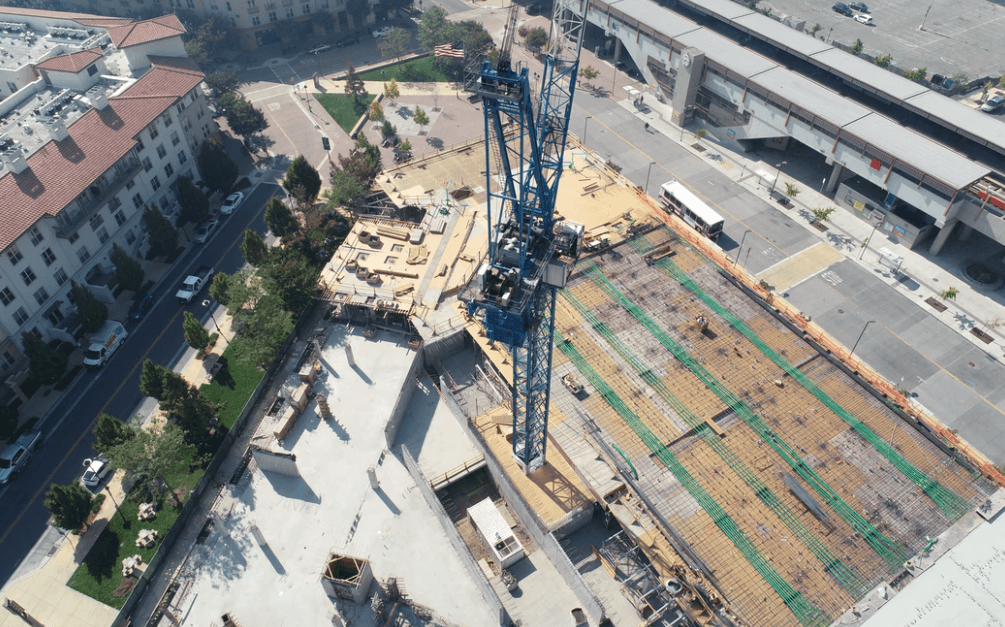
Here’s how each road resurfacing technique works
Over a period of time, public and private roads, including driveways, tend to become worn down. When this happens, it is important to have the road resurfaced by a construction team. Road resurfacing is an important process that makes our roads safer and contributes to longevity and clarity of road markings. There are a variety of road resurfacing methods and materials used to facilitate this process. How do they work? Which methods are recommended by concrete suppliers? Keep reading to find out.
What is Road Resurfacing?
Road resurfacing is the process that restores any type of roadway after years of wear and tear. Roads tend to become worn out due to the volume and intensity of traffic, weather conditions, and natural effects. Large projects that cover public roads are typically resurfaced by selected local civil engineers, but smaller projects (such as your driveway) can be done by small-business contractors. Road resurfacing is designed to restore and improve the road texture or profile, while improving its skid resistance.
Common road resurfacing methods
Concrete
Mainly used on local roads, concrete is commonly used to resurface roadways. There are two main categories of concrete roadways: Jointed Plain Concrete Pavement (JPCP) and Joint Reinforced Concrete Pavement (JRCP). Both of these options are used to help prevent cracks from forming in the road. Concrete is favourable in road resurfacing projects since it lasts longer than asphalt does, and it’s also significantly stronger. It is, however, more costly to lay if you are using PCC (Portland concrete) without a mixture of fly ash. You may choose to use fly ash instead if you wish to lower the project’s cost without compromising the concrete’s strength and durability.
Read more: How Aggregate Properties Affect Concrete
Asphalt
Asphalt has been a popular method of construction for a long time. The construction technique consists of a mixture of aggregate, filler, and bitumen. This mixture is laid on top of an equally-thick gravel base. Asphalt road construction is relatively low in cost compared to methods that use other materials. Asphalt is also easy to repair and maintain. Using asphalt, however, can make for a considerably noisy process.
Composite
The composite method combines PCC sublayer with an asphalt overlay, similar to fly-ash. The asphalt overlays are placed over a damaged surface for a new surface. The composite method is eco-friendly, as it technically relies upon recycled materials. This method is usually used to rehabilitate damaged or worn-down roadways, rather than build new roads.
Bituminous
Asphalt bitumen is used in road construction because it is easy to produce, reusable, non-toxic, and acts as a strong binder.
The process consists of a few steps: preparing the base course, applying the bituminous coat, placing the bituminous mix, then rolling and check for quality concerns.
Bituminous roads are the most used roads in the world. These roads are suitable for most driving conditions, but the thickness of bituminous roads depends on subgrade soil conditions, which differ from region to region.
Recycling
Sometimes, road resurfacing construction involves recycling techniques. Construction techniques that rely on recycling include rubblization, full-depth reclamation and the “cold/hot in place” technique. Rubblization involves reducing the road into gravel, then applying a new surface. Full-depth reclamation involves total pulverization and addition of binding agents or other additives. “Cold/hot in place” refers to a process of recycling that relies on bituminous solutions. All three are considered recycling methods in the way they make use of pre-existing agents and additives in road reconstruction.
Overlay
If there are a few minor fixes that do not involve deeply penetrated surface defects, overlay may be the way to go. It is used to repair existing cracks without grinding. The overlay method can also be used to increase the structural integrity of the highway. The method involves adding a fresh layer of asphalt to restore the strength’s structure without having the underlying pavement stresses working themselves back into the new surface. The end result is a road with a refreshed life cycle.
Mill and Fill
This process is used for more severe deteriorations in the road. When cracks, stresses and structural defects have made their way below the surface of pavement, it reaches a point where it can no longer be maintained. The underlying asphalt layers are still strong and sound to bear vehicle loads, however. Milling and filling starts off with grinding the damaged asphalt – milling (taking off) the affected areas, and then laying down and compacting fresh asphalt to cool. This method helps extend the asphalt surface life cycle.
Hot-in-Place
When existing asphalt pavement has minimal surface cracks and the asphalt binder is still somewhat soft, hot-in-place resurfacing can be used to restore a road and expand its life cycle. This quick and cost-effective method involves heating the asphalt, then re-processing it on the spot with new asphalt mix. The asphalt is then placed where the existing asphalt was just removed.
Road resurfacing is an important part of public and private maintenance. Having updated roads keeps drivers, pedestrians, bikers and the like safe from any potential accidents, which adds to the security and serenity of your community. To keep your roads at top shape, make the best decision when it comes to resurfacing your civil roads. Consult with an expert contractor or concrete supplier to choose the resurfacing method that works best for your road.
